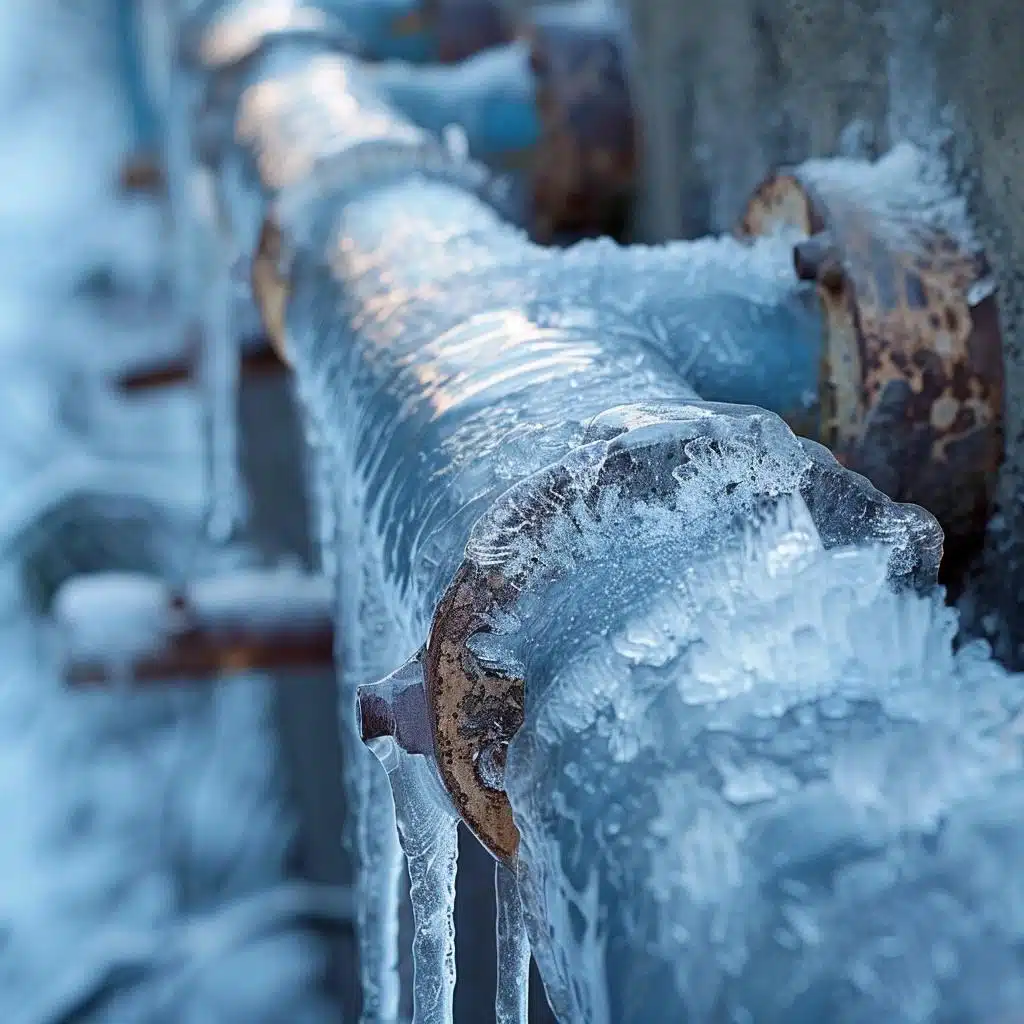Important Advice to Avoid Frozen Plumbing in Winter
Important Advice to Avoid Frozen Plumbing in Winter
Blog Article
Here below you will find more helpful guidance with regards to Winter Plumbing Precautions: Preventing Frozen Pipes.

Winter can ruin your plumbing, particularly by freezing pipelines. Right here's how to prevent it from occurring and what to do if it does.
Introduction
As temperatures decline, the danger of icy pipes increases, possibly resulting in costly repair services and water damage. Understanding exactly how to prevent frozen pipelines is critical for homeowners in cold environments.
Understanding Frozen Pipes
What causes pipelines to freeze?
Pipes freeze when revealed to temperatures below 32 ° F (0 ° C) for extended durations. As water inside the pipelines ices up, it expands, taxing the pipe walls and potentially creating them to burst.
Risks and damages
Frozen pipes can cause water system disturbances, home damage, and expensive repair work. Burst pipelines can flooding homes and create substantial architectural damages.
Indications of Frozen Pipes
Determining icy pipes early can stop them from breaking.
Exactly how to determine icy pipes
Search for decreased water circulation from faucets, uncommon odors or sounds from pipes, and visible frost on subjected pipes.
Avoidance Tips
Insulating at risk pipes
Wrap pipelines in insulation sleeves or make use of warmth tape to safeguard them from freezing temperatures. Concentrate on pipelines in unheated or outside areas of the home.
Home heating techniques
Keep interior areas adequately heated, especially locations with plumbing. Open up cupboard doors to allow warm air to circulate around pipes under sinks.
Securing Exterior Pipes
Garden hose pipes and outdoor taps
Separate and drain pipes yard tubes prior to winter months. Mount frost-proof faucets or cover outside faucets with insulated caps.
What to Do If Your Pipelines Freeze
Immediate actions to take
If you suspect icy pipelines, keep faucets open up to relieve stress as the ice melts. Use a hairdryer or towels taken in hot water to thaw pipes gradually.
Long-Term Solutions
Architectural adjustments
Consider rerouting pipelines away from exterior walls or unheated locations. Add additional insulation to attic rooms, basements, and crawl spaces.
Upgrading insulation
Purchase premium insulation for pipes, attic rooms, and wall surfaces. Appropriate insulation helps preserve consistent temperatures and reduces the danger of icy pipelines.
Verdict
Avoiding frozen pipes needs proactive procedures and fast responses. By understanding the causes, indicators, and safety nets, home owners can secure their pipes throughout cold weather.
5 Ways to Prevent Frozen Pipes
Drain Outdoor Faucets and Disconnect Hoses
First, close the shut-off valve that controls the flow of water in the pipe to your outdoor faucet. Then, head outside to disconnect and drain your hose and open the outdoor faucet to allow the water to completely drain out of the line. Turn off the faucet when done. Finally, head back to the shut-off valve and drain the remaining water inside the pipe into a bucket or container. Additionally, if you have a home irrigation system, you should consider hiring an expert to clear the system of water each year.
Insulate Pipes
One of the best and most cost-effective methods for preventing frozen water pipes is to wrap your pipes with insulation. This is especially important for areas in your home that aren’t exposed to heat, such as an attic. We suggest using foam sleeves, which can typically be found at your local hardware store.
Keep Heat Running at 65
Your pipes are located inside your walls, and the temperature there is much colder than the rest of the house. To prevent your pipes from freezing, The Insurance Information Institute suggests that you keep your home heated to at least 65 degrees, even when traveling. You may want to invest in smart devices that can keep an eye on the temperature in your home while you’re away.
Leave Water Dripping
Moving water — even a small trickle — can prevent ice from forming inside your pipes. When freezing temps are imminent, start a drip of water from all faucets that serve exposed pipes. Leaving a few faucets running will also help relieve pressure inside the pipes and help prevent a rupture if the water inside freezes.
Open Cupboard Doors
Warm your kitchen and bathroom pipes by opening cupboards and vanities. You should also leave your interior doors ajar to help warm air circulate evenly throughout your home.

We were shown that article about 6 Ways to Prevent Frozen Pipes through an acquaintance on a different web property. Are you aware of someone else who is very much interested in the subject? Please feel free to promote it. We cherish reading our article about How to prepare your home plumbing for winter weather.
Apply Now Report this page